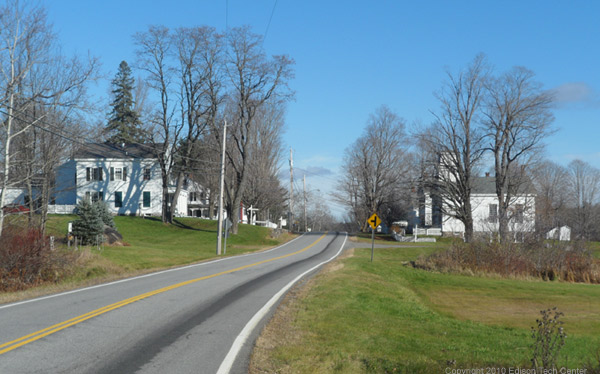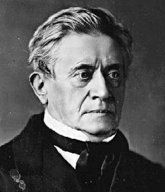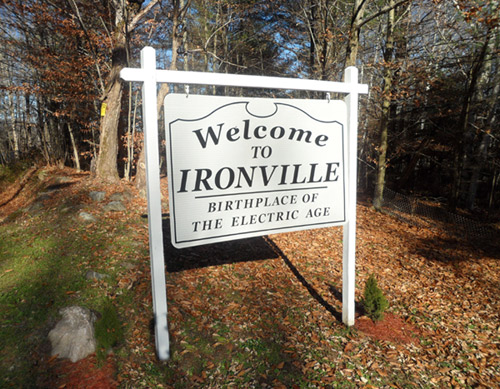
Ironville
Birthplace of the Electric Age
Nestled in a wooded valley close to Lake Champlain on the border of New York State and Vermont the small town of Ironville proclaims itself as the birthplace of the electrical age. Why is this? Read below to find out.
The Town of Ironville, New York was the first location in the world to put electricity to commercial use and inspired Thomas Davenport to invent the electric motor.
Magnets Attract Great Minds:
The valley at Ironville of the Adirondack Mountains was known to be a great source of pure iron ore in the 1820's. Joseph Henry (pictured above), an early pioneer of electricity was intrigued by the existence of some natural magnetic rocks found in the area. He was working as a Professor of Mathematics and Natural Philosophy in Albany, New York. The naturally occurring magnets existed because the electron spin lined up properly to create the magnetic effect but he did know know this at the time. He visited the Penfield Iron Works at Ironville and obtained some of the high quality iron in order to make a new magnet.
Henry may have known that William Sturgeon in England had created a weak magnet by wrapping bare wire around an iron core. Sturgeon's magnets were short lived as the magnetic fields rapidly collapsed into the iron core. In 1827 Henry came up with the idea to insulate the wire. This allowed him to create a multiple layered winding. He attached the device to a battery (the only known source of electricity at the time) and created the world's first powerful electromagnet. Henry had discovered the key device that makes all electric power possible today. The electromagnet is used in generators to create electricity, it is used in motors to drive motion, and it was used in the world changing invention of the telegraph during Henry's lifetime.
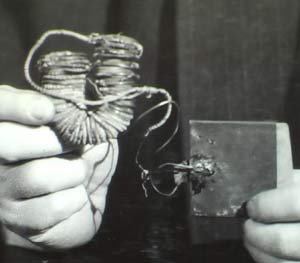 |
|
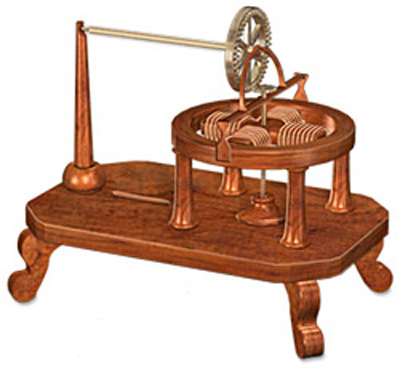 |
|
|
This
web page will be expanded over time.
|
|
Sources:
The Blacksmith's Motor - by Dr. Frank Wicks, Mechanical Engineering Magazine, ASME
Library of Congress, Thomas Davenport papers
Photos and Article by:
M. Whelan
Back to HomePhoto/Video use:
Commercial entities must pay for use of photos/graphics/videos in their web pages/videos/publications
No one commercial or public is allow to alter Edison Tech Center photos/graphics/videos.
Educational Use: Students and teachers may use photos and videos for school. Graphics and photos must retain the Edison Tech Center watermark or captions and remain unmanipulated except for sizing.Permissions - Videos: We do not email, FTP, or send videos/graphics to anyone except in DVD form. Payment is needed for this service. See our donate page for pricing, and our catalogue for a listing of videos on DVD.
Professional video production companies may get videos in data form with signed license agreements and payment at commercial rates.
copyright 2010 Edison Tech Center
